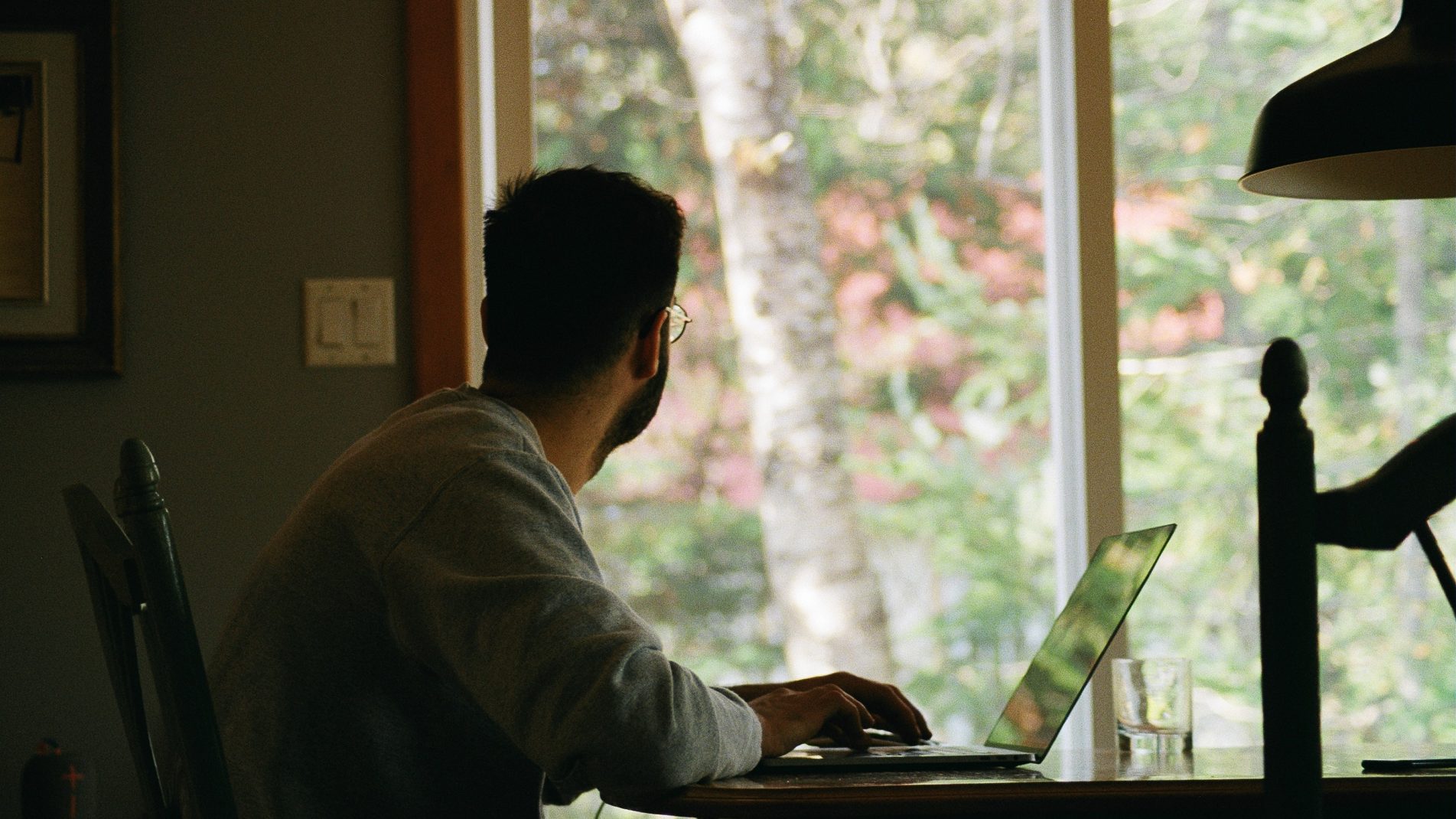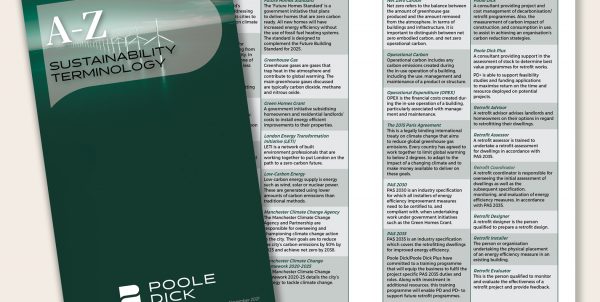Inform, Educate, Inspire – the ‘Poole Dick Academy’
“Do you find yourself sitting on the sofa in the evening, TV remote in hand, flicking through the channels trying to decide what to watch?”
This was a question posed by communications skills trainer Andrew Thorp at a recent Poole Dick Academy training session on the topic of… training.
Of course, in the current lockdown that means training in the virtual sense and Andrew reminded us that online trainers and the producers of TV shows face the same challenge – how to get their audience engaged with what they put on the screen.
Quantity Surveyor Emma Howarth has been leading Poole Dick’s training programme and she and Managing Director Martin Brownsill were keen to explore this, given that all their seminars are currently delivered online.
Andrew works as an in-house consultant with Poole Dick and his specialism is helping technically trained people to communicate in a clear, concise and engaging way. “Certain topics can be a little dry,” he explains, “but there’s always a way to make them more digestible and, dare I say it, enjoyable!”
His original question produced a lot of raised hands on the screen. “If you think about the TV scenario, we have zero loyalty to what we’re watching on the screen. It’s easy to dip in and out, or maybe give up altogether and do something else. It’s the same when you’re watching a webinar.”
“Many people turn off their camera and mic, so the presenter has no idea whether the audience is listening or making a brew! You wouldn’t stand up and walk out of a physical room where a presenter was droning on, but there’s little guilt involved in bowing out of a boring webinar.”
All this strengthens the case for running more stimulating training sessions and Andrew gave us some useful advice for doing just that:
3 types of sessions (all with potential pitfalls):
Facilitated discussion
This can end up being a talking-shop where nothing is really ‘taught’ and no next steps are identified. Can be dominated by the extroverts.
Webinars
In their worst form, webinars can be interminable snooze-fests with no engagement and serious information overload.
Hybrid
A mixture of the two – presented material which triggers debate. Can work well but requires some skill in the host to switch roles between teacher and facilitator.
Tips on facilitation
If you opt for the facilitation style, keep things on-topic, try to give people equal airtime, give encouragement and make sure you capture the learning.
Tips on presenting
Have a mind to the BBC’s founding credo: to Inform, Educate and Entertain. Do more than dump information on people. Aim to educate by providing real insight; tell us the why and the how, not just the what. And by engaging the senses you’ll give your audience a more enjoyable experience.
Give them variety
If you’re simply having a conversation, you’re only giving people an auditory experience (plus the delegates’ faces on the screen, in grid pattern). To add more stimulation, show some well-chosen slides (limit the information, use nice imagery – Canva is a great free software for creating nice slides).
Add more variety with the occasional story, question, exercise and use of humour. You can build a technical presentation around a single case study, painting a vivid picture in people’s minds and illustrating some important lessons.
Open with a grabber
There has to be a reason for your training session and that means a problem or pain of some kind (which requires the learning). Introduce this in a creative way, perhaps with a metaphor, quote, observation or question. One nice technique is to put three numbers on the screen:
12
8,788
671
People will be intrigued to know what they mean. As you reveal their significance, you open the door to your theme.
Keep it simple (less but better)
Overload is always a danger when you’re presenting anything technical or content heavy. People are like a receptacle – they have limited capacity, so keep it simple. You’ve probably heard of the principle ‘less is more’. It’s great, but consider this close relation:
Less, but better
Give your audience less content, but make sure what you do give them is delivered really well. It’s less about volume than quality. Help them focus on what matters. Research suggests audiences retain very little of any speech or presentation, so make sure they’ll blown away by the few things you’ve decided to put under the microscope.
What happens next?
“You don’t learn how to ride a bicycle in a seminar”.
It’s a great saying and a reminder that what happens during the seminar is less important than what happens after. As a host or facilitator your job isn’t over when the session finishes. It’s more the trigger for what should follow – reference notes, further reading, revisiting the issues during mentoring or coaching conversations.
“Our goal with the Poole Dick Academy”, explains Martin Brownsill, “is not simply to share useful information but to stimulate discussion and inspire our employees to continually up their game. Emma Howarth has done a terrific job designing our academy programme, a key component of our thought leadership strategy.”
(Over the coming months, we will be continuing to invite clients and other stakeholders to join us for some of these seminars).



